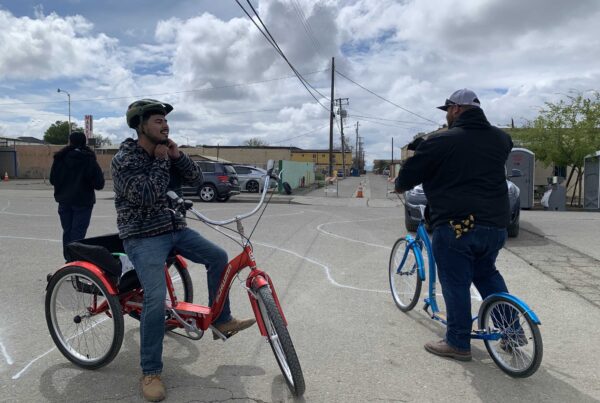The ITS World Congress is a celebration of the great work that is being done in transportation technology. But it’s also a forum for sharing ideas on how to move forward with innovation.
The Future Mobility session covered the upcoming choices that consumers will have in transportation. The development that would be the biggest game-changer: autonomous vehicles becoming commercially available. What it will take for innovation to reach that level? The panelists agreed that it’s a matter of money. The technologies are capable of doing anything we want them to — it’s primarily a matter of cost in keeping research, production, and customer education moving.
Mark Bartolomeo of Verizon Enterprise Solutions commented that the next steps must be a team effort. “The technology piece is the easiest piece,” he said. “The hard part is how to innovate. To drive innovation, it’s about getting broad participation from all technology companies to be innovators and have good standards that they can innovate to.”
Saving Lives With Photo Enforcement.
We all know that people love to drive fast. That comes with a price — speeding is the cause of 30 percent of accident-related deaths in vehicles. So, how can we get people to slow down? Photo enforcement could be the answer. Operated by a police officer, this technology combines cameras and radar to take photos of speeding vehicles. Knowing that they could be ticketed has proven to get drivers to not exceed the speed limit — research has shown that it can reduce road fatalities by up to 80 percent. “I don’t think there is any question that photo enforcement helps,” said Robert De Beukelaer, solution delivery director at Xerox. “The only way to guarantee compliance is enforcement.”
De Beukelaer listed several issues that still need to be addressed, namely that there must be more awareness of the technology in the general public and that the government needs to make it a high priority in its policy-making initiatives. “Everything starts with policy and the willingness of the government to do something about road safety,” he said. “I think ITS needs to help governments in making these kind of laws.”
Urban Mobility is Hitting its Stride
Few people know more about urban mobility than Susan Shaheen. The Cal-Berkeley professor of transportation engineering is one of the nation’s preeminent researchers of bike sharing, car sharing, and smart parking. Real Business caught up with Shaheen at ITS to chat about how modern cities are evolving.
How has urban mobility come along over the past decade?
Shaheen: We’re moving into an era of smart cities where [planners] are thinking about how to move people more efficiently throughout cities through classic public transit, like buses and rail, but also other forms of mobility that are new, like bike sharing and car sharing. There’s a growing emphasis on quality of life, and we’re trying to figure out how people can live densely but also increase their life quality. And we’re also seeing people gravitating more toward urban living. The smartphone has been a player in all of this, as has the economic recession of 2008 an 2009.
How are millennials impacting this change?
Shaheen: Auto sales are not as high among younger adults and millennials as we’d seen previously. There’s a desire among millennial populations to multitask. They want to be connected all the time and they’re not as interested in driving. Being connected also means riding in a public transit vehicle. So we’re seeing people wanting an urban lifestyle and trying to figure out how to make that work, even with families.


